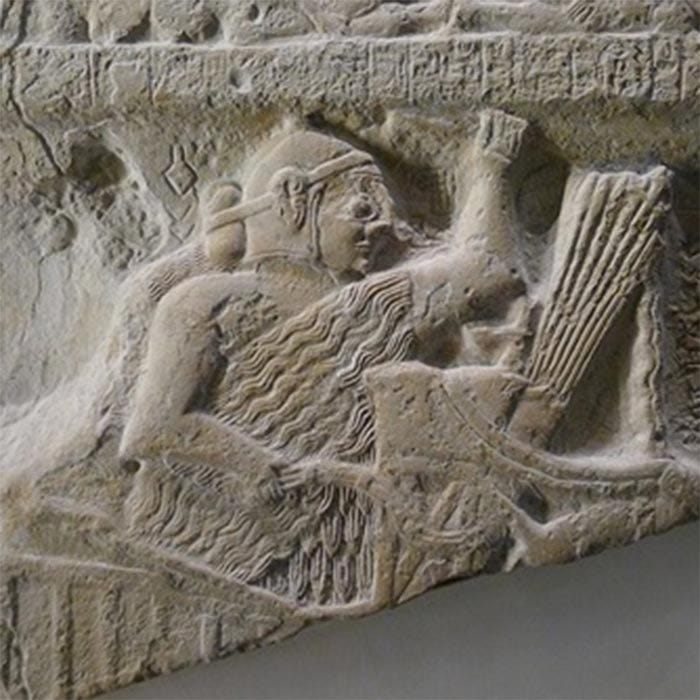Swords of Fate: The Ancient Blades That Forged History
For thousands of years humans have found good reason to stab, chop, slice and dice each other up, and the choice weapon which has endured the tests of time is the sword. Historically, kings, emperors, princes and royal army generals all owned their own personal swords, which were most often handed down or manufactured by the ‘greatest sword maker of the land’, and while so much has been written about mythological and legendary swords, less has been written about the real life weapons which changed the shape of warfare and slashed history into shape.
Ancient Origins of Swords
Excavations in ancient Harappan sites in present-day Pakistan have yielded that the world’s oldest copper swords appeared during the Bronze Age. By the Middle Ages iron and steel swords were being mass produced and soldiers were trained in hand to hand combat including swordsmanship. A collection of what are among the earliest swords ever discovered were found in Mesopotamia, dating to the start of the second millennium BC. For example, the Steele of the Vultures carved about 2500 BC shows the Sumerian king, Eannatum, using a sickle-like sword.

Viking Ulfberht Sword
Viking Ulfberht blades were forged with crucible steel and have the curious inscription ‘VLFBERHT' on the blade. Dated between the ninth and 11th centuries, according to an article on War History, today’s best blacksmiths have had a hard time reproducing this material, which is more superior to what is found in average medieval swords. The sharpness of the blades means wielders could easily cut through bones and lower-quality weapons with one blow, which raises the question, 'How did Viking warriors develop such an advanced sword with such a pure metal that was hundreds of years ahead of the Viking technologies of the time?


